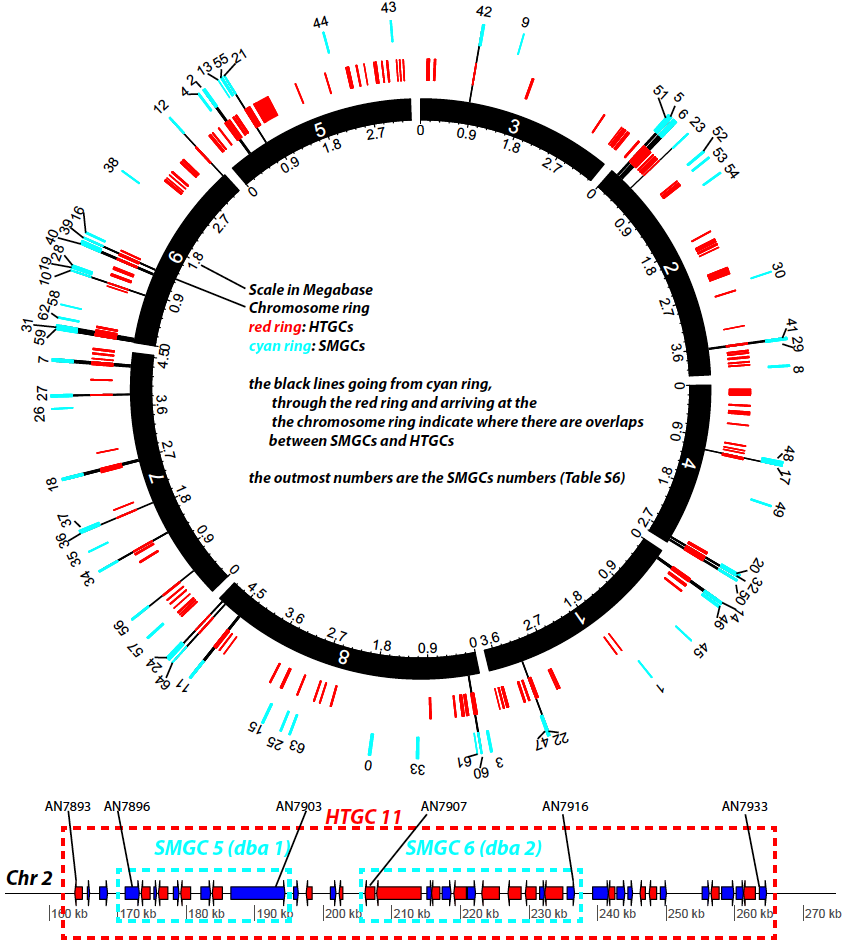- Center for Research Computing Data
- Prospective Users
- Supported Research
- Orphan Gene Project
Orphan Gene Project
Principal Investigator: Yanbin Yan Ph.D., Department of Biology.
Orphan genes (also known as ORFans) are new protein-coding genes that are restricted to taxonomically closely related genomes. In bacteria orphan genes are associated with pathogenic islands and prophages, making a comparative study of ORFans between pathogenic and non-pathogenic bacterial genomes highly valuable for the understanding of bacterial pathogenesis. This project focuses on studying ORFans that occur in pathogenic bacteria infecting humans, which will benefit further studies leading to potential diagnostic markers, drug targets and vaccines for the treatment/prevention of pathogenic diseases. This project is recently funded by a NIH R15 grant, where we propose to develop an ORFanFinder computer program and an ORFan database. We are using Gaea to generate data for the ORFan database. Project website.
Prospective user?

-
For Prospective Users
-
Resources
-
Supported Research
- Critical Current by Design
- Image Reconstruction Software Using Proton Computed Tomography (pCT)
- Advanced-Accelerator Concepts
- Orphan Gene Project
- Computational Materials Science and Mechanics (CMSM) Group
- Vortex Pinning in Thin Superconducting Films and Strips
- High-Throughput Analysis of High-Content Biological Images
- High Precision Modeling of Ultracold Electron Sources
- Collisional Simulation Methods for Charged Particle Beam Dynamics and Applications
-
Getting Access
-
HPC Policies
-
Resources
- Resource Monitors